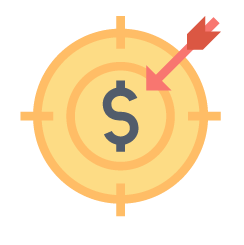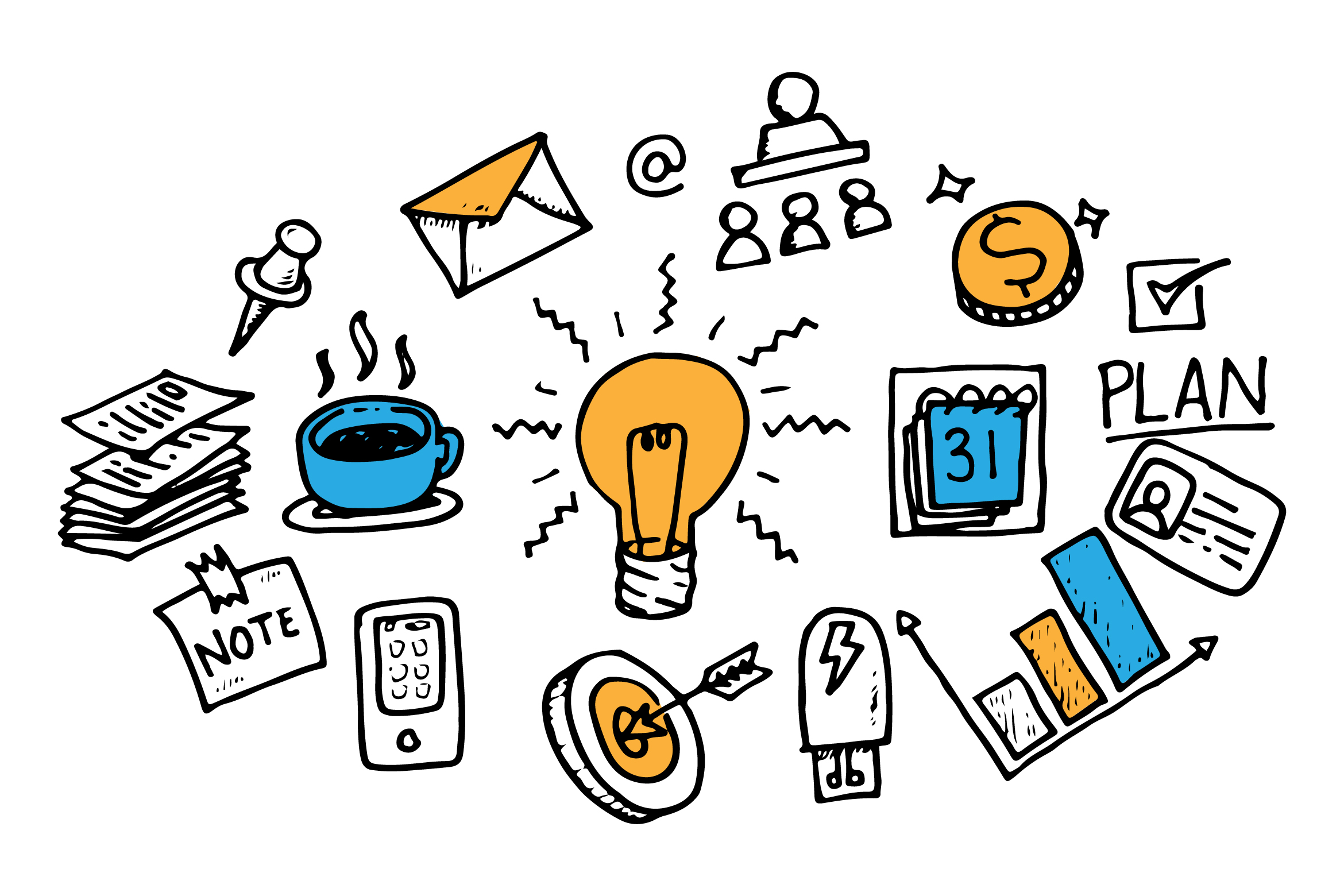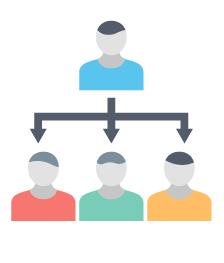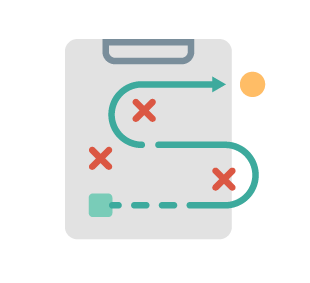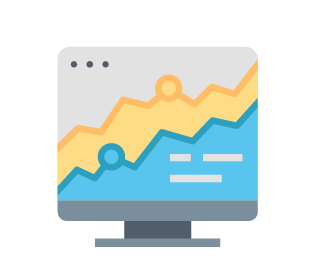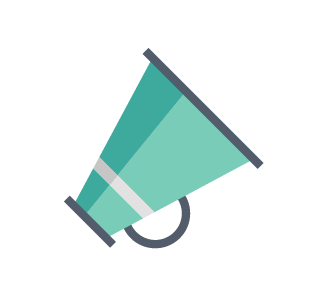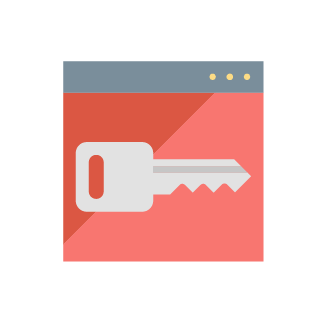Over the last decade our award-winning agency has served 1,000 businesses large and small from around the world and in a broad range of industries.
Interesting enough, nearly every one of those clients we have been fortunate enough to work with have the same marketing challenges:
"How do we create more impact in our marketing efforts to drive more leads, gain more customers, and have the certainty we are making the right decisions?"
Today, in this blog post I am going to outline the most common things our agency recommends that drive results and help clients achieve their goals.
Many of these simple marketing tips you'll be able to do yourself!
Or, you can always hire a reputable agency to do the work for you. If you're interested in hiring an agency, our team at Built by Love™ would be happy to do a free exploratory call with you. You can book your call by clicking this link.
Let's get started by covering the first of the seven simple marketing tips for your business success.
As simple as this may sound, you'd be surprised to know that when asked, many business owners and marketing departments don't have a clear understanding of what their product or service solves for their Ideal Customers and why their solution is the best possible solution.
Consumers in today's Internet age have a world of infinite options, price points and vendors making promises.
As much as you may think more options is a benefit, in most cases, an influx of options makes the decision process more difficult for your Ideal Customers.
The more complex a decision (due to options and price points) the more work the brain has to do. And the more energy your brain exerts in the process, the less likely you are to take action.
What happens is that the buying cycle extends, the buyer's journey gets more complex, and the prospect (your Ideal Customer) has a less pleasurable experience when trying to make their purchase decision.
The simplest way to overcome this obstacle is to get clear about what your product or service does and, more importantly, why it solves their problem.
Explain why your product is better than the competitors, and explain how your product solves their core issue(s).
Clarifying this for your customers makes them feel at ease, they can be confident in choosing your product over competitors' options, and you address the ultimate internal questions they are asking themselves before they are willing to schedule that call or provide their payment details.
As much as you may think more options is a benefit, in most cases, an influx of options makes the decision process more difficult for your Ideal Customers.
This is something that is fairly new we have been witnessing with clients and prospects we speak to on a weekly basis.
The old method of marketing you'll find nearly everywhere tells you to create content to drive leads (also known as prospects). This old strategy is designed to get as many leads to your website, ads, and landing pages as possible.
While that worked for years, the shift in consumer behavior has changed.
Getting new leads costs not just money, but your team's time to connect and convert them. The primary goal of leads is to convert them to customers. So, why invest so much time driving as many leads, if those leads aren't converting?
This old strategy increases cost for your sales, marketing, and advertising.
I firmly believe that a new approach must be implemented for businesses who truly want to drive intelligent marketing that converts as fast as possible and with the lowest possible cost per conversion.
Here's how I suggest we transform this age-old strategy into a new, higher converting formula:
1. Create content that is focused on the buyer, not the lead.
Leads are fine. However, why focus on leads when you ultimately want buyers? Using this new approach, you'll create content focused on the buyer, not the lead, who is typically at the very beginning of the customer journey. At the beginning, they are exploring options, researching and are not ready to buy. Rather, create content focused on those who are ready to buy.
2. Address what your buyer NEEDS to make an informed purchase.
Content focused on buyers should address product comparisons, pricing options, explanation of solutions and, the process/steps/experience for what happens next after purchase. Focusing your content on the buyers serves them the precise content the buyers are seeking expediting the path to purchase thus lowering your fixed costs and delivering more qualified leads to your business.
3. Weight the content.
You can still add in some content that focuses on leads at the beginning of the Customer Journey however, weight the content to be skewed more heavily on buyers, rather than leads not ready to buy. It's a simple adjustment that will drive higher returns and conversions for your business.
I firmly believe that a new approach must be implemented for businesses who truly want to drive intelligent marketing that converts as fast as possible and with the lowest possible cost per conversion.
If you are reading this tip and wondering what a Customer Journey is, do not go any further until you click here to download a PDF where I explain the importance of the Customer Journey. It is one of the most important aspects of your marketing strategy hands down.
Understanding the journey your Ideal Customers embark on before and after purchasing your product is an incredibly valuable and important exercise.
By knowing each critical stage, the experience driving them to take the crucial next step becomes much more powerful. You'll be able to develop assets, emails, videos and communications that address their needs, wants, questions, and hesitations that are holding them back from moving to that next stage in purchasing or, purchasing again.
For example, our agency has a Customer Journey that looks something like this (please note this has been drastically simplified for an easy-to-understand example):
Stage 1 New Lead: delivering first point of value
Stage 2 Identifying the Pain Point: delivering a customized solution
Stage 3 Indoctrination and Alignment: driving alignment of values and establishing trust
Stage 4 Rapport: delivering additional value and making "rapport deposits"
Stage 5 Free Strategy Consult: the first step to the sales process
Stage 6 Proposal Delivery: deliver content specifically focused on conversion
Stage 7 Proposal Paid: begin the onboarding process
Stage 8 Proposal Declined: identify why we weren't chosen and add more value
Stage 9 Customer NPS & Testimonial: gauge customer satisfaction and gain social proof
Stage 10 Long Term Nurture: using our proprietary High Value Asset formula
Understanding the journey your Ideal Customers embark on before AND after purchasing your product is an incredibly valuable and important exercise.
Want to know more about mapping your Customer Journey? Our team at Built by Love™ would be happy to do an exploratory call to discuss your needs and how we can help. Click the button below to schedule your free consult now.
Everyone loves a delightful experience and your company should be focused on delivering the best possible experience for your prospects and customers along every stage of their Customer Journey.
One of the reasons I want you to start thinking about how you can infuse points of delight is because the better the experience someone has, the higher the perceived value of the brand.
Customers are willing to pay more for better experiences. And customers expect to have great experiences with the products and services they purchase.
If you have ever had a poor customer or buying experience with a brand, you are far more likely to seek another vendor/company to deliver that product you are seeking.
Additionally, great experiences with products and services drive emotions of joy and satisfaction that anchor into our memories. We, as humans, remember those experiences and will share those experiences as referrals to our friends, family and coworkers.
You want referrals, loyal customers, and buyers who are not going to question your prices because they love their experiences with your brand.
Infusing points of delight along the way of every stage in the Customer Journey solves this dilemma and gives you a competitive edge.
The better the experience someone has with your business, the higher the perceived value of your brand.
I am talking specifically about your website. Your website is the front door, the facade, and the doorway into your world.
Your customers will visit your site before they buy and what they see and read should be on par with your brand, your brand voice, and the experience you wish to deliver to your paying customers.
If your website is outdated, is not easy to navigate, or has a poor user experience then you are telling your prospects and customers that they should expect the same lackluster experience when working with you.
For example, if you were driving down the road and looking for a hotel to stay in, would you stop and pull into a rundown looking hotel?
My guess, unless you are a fan of haunted hotels is "absolutely not."
Now, in this example, this rundown hotel could very well have amazing rooms and amazing customer service, but you are not going to waste your time or take a chance. Because from what you have seen from the outside is not what you are seeking for your experience.
You'll pass on by and take a chance on another place that has the visual aesthetic that meets what your expectations are.
Hopefully, this simple example drives home the key statement here. You must invest in your online presence to ensure your site delivers value, is on par with your brand voice, and visually represents the experience you know your company delivers.
If your website is outdated, is not easy to navigate, or has a poor user experience then you are telling your prospects and customers that they should expect the same lackluster experience when working with you.
Your brand voice is how you communicate in your copy and language with your prospects and customers. Understanding how to craft your brand voice creates better connections with the readers and establishes trust and rapport.
This is one of the first things we do with every single client our agency works with, because it is so important to nail it.
The brand voice, the tonality, and the words you use are paramount to give your readers a full, vibrant experience with your brand.
A few things for you to think about when crafting your brand voice:
1. Is your brand fun or serious?
2. Is the tone of your brand voice formal or informal?
3. What emotions is your brand trying to align with?
4. Does your copy/use of language provide concise, simple explanations for what to do?
5. Do you talk about yourself, or better yet, showcase your customers as heroes?
6. Does your communication always add value?
7. Do you ask more than give?
The brand voice, the tonality, and the words you use are paramount to give your readers a full, vibrant experience with your brand.
You could have the best brand in the world, but without the right tools for the job, you'll continually struggle or worse, you'll fail.
Ensuring you've got the right marketing tools for the job, as well as the right team to get the job done makes all the difference in the world. This is the simplest tip I can give you and why I saved it for last.
Take a look inside your business and assess what tools you are using...
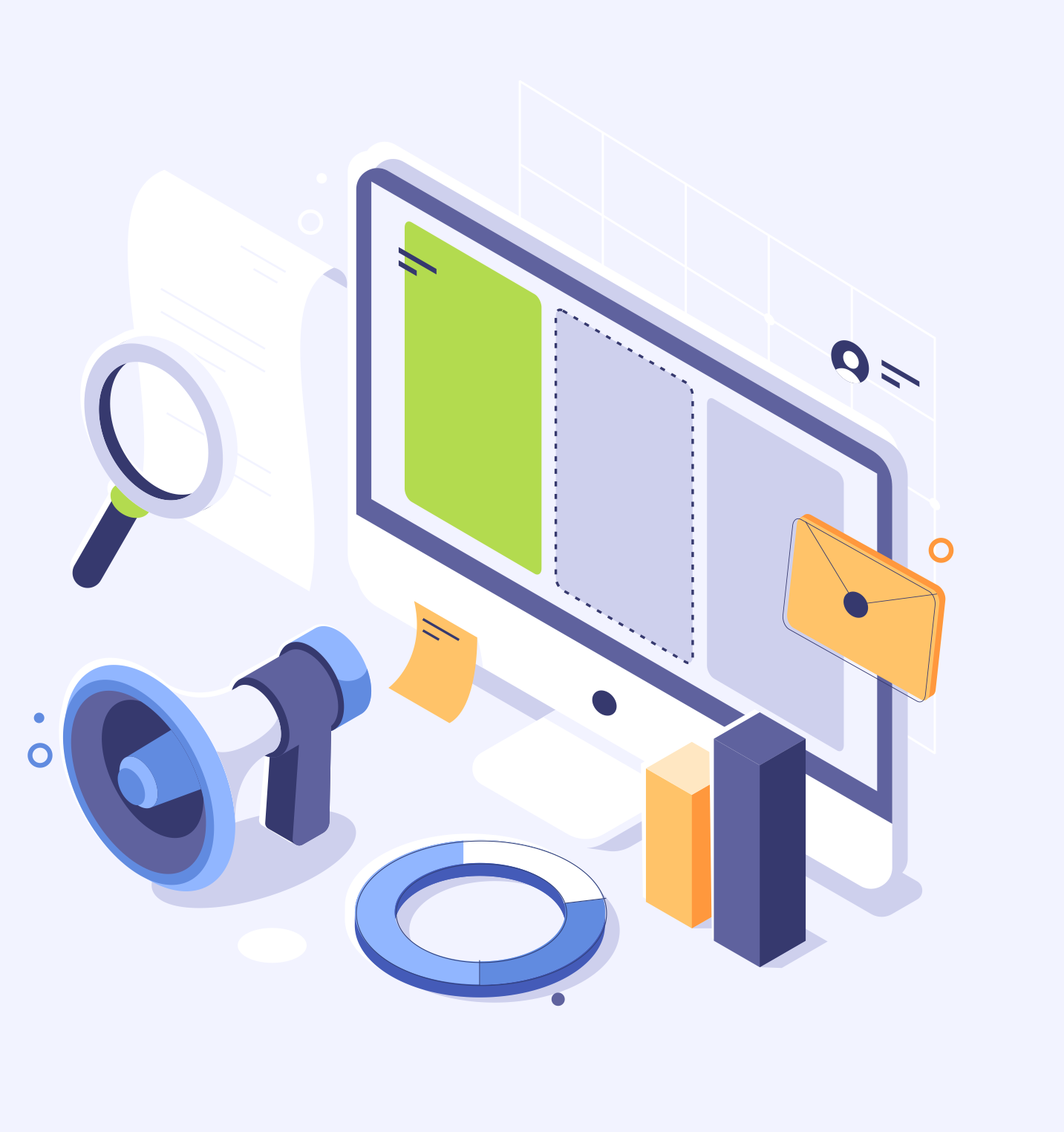
Are your marketing tools giving you the right data and metrics to make sound business decisions?
Are you suffering from the dreaded "Frankenstein Effect" of patchworking together systems to try and deliver your marketing communications?
Do you have a professional team who can deliver amazing design, copy, websites, ads, emails, AND create a winning strategy that works?
If you've answered "not sure," "maybe," or "no" to any of these aforementioned questions, you need to fix this first.
The simplest way to get clarity on what tools you'll need as well as the right team you must have to get the job (and results) you are seeking is to schedule a free strategic call with our agency.
We'll help you get clear about the next steps and create a plan so you can know you've got a plan for your marketing success.

